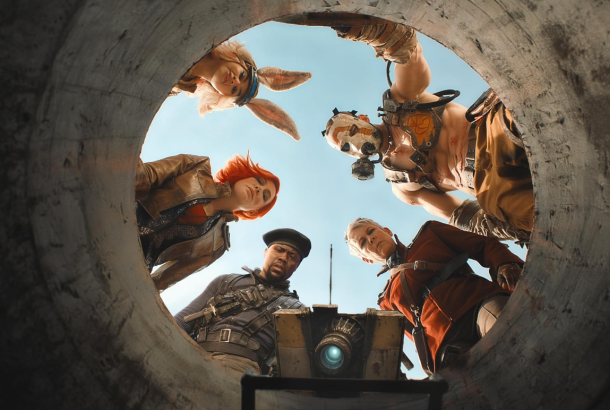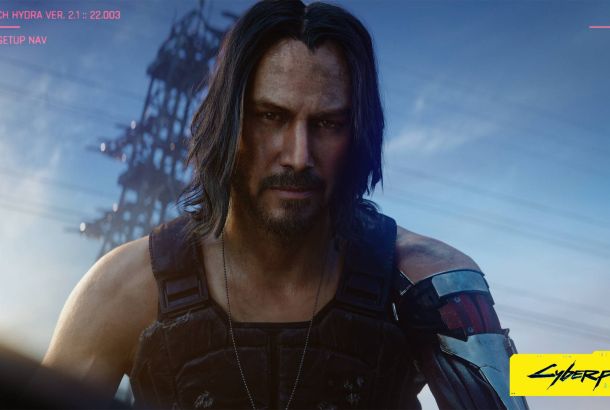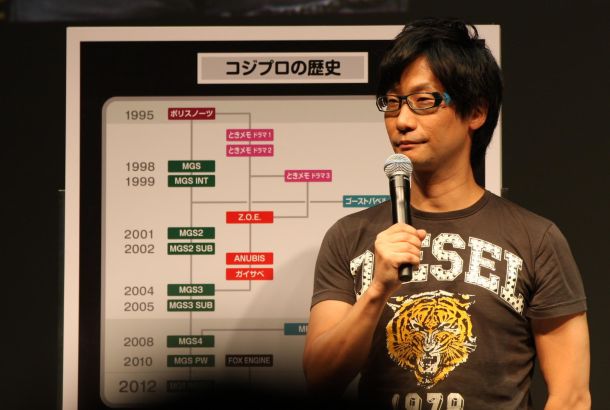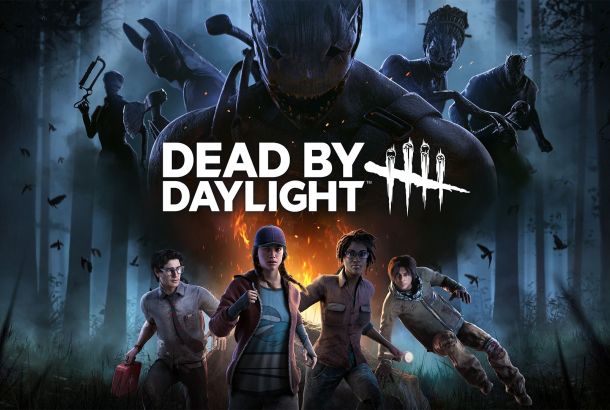Review: The Evil Within 2
By Jeremy Bijl
Two horror titles have largely dominated the marketplace in the last decade or so: Resident Evil and The Last of Us. The influences of both are clear in The Evil Within 2, which attempts to provide the stealth and survival aspects of The Last of Us whilst retaining the cheesy horror that was at the core of the Resident Evil series.
In terms of world design, however, The Evil Within 2 is better than both. The game takes place inside STEM – a kind of hybrid between the animus and the matrix where the world exists as part of a collective consciousness supported by futuristic technology.
This premise allows Tango Gameworks to be truly innovative with the design of The Evil Within 2. The world is fascinating: a phantasmagorical island floating in a void of corrupted cyberspace, yet retaining the surface facade of an American suburbia. This means that the setting is eerily familiar in appearance, but also allows the developers to really exercise their creative license on the game’s world.
Corridors reconfigure themselves when you turn your back on them, chasms open up in the ground, and the line between realism and representationalism is ever blurred in The Evil Within 2. In this way, the very fabric of the design of the game is itself part of the deception, which makes the very ground on which you walk part of the paranoia inducing atmosphere of the game.
In a climate dominated by sprawling open world games that exhaust much of their power and financing on background detail, The Evil Within 2 is a lesson in how to optimise man power without compromising artistic integrity.
The paranoia induced by the stellar world design is retained by the enemies you face. Reminiscent of The Last of Us, you can always hear the creatures lurking in STEM, and the sense that they can pop up anywhere is deeply unsettling. This is added to by the survival-horror tradition of making playable protagonist Sebastian Castellanos relatively weak compared to the creatures of STEM and perpetually low on supplies. This requires you to carefully manage resources and means that in combat, every bullet and decision matters.
However, this is contravened by some of the other mechanics in the game. The sneak mechanics are not as finessed as those in The Last of Us due to the slightly stiff feel of the controls. The cover system is horribly inconsistent, and sneaking itself is slow, clunky and one-note. Sneak attacks are often ineffective, and the lack of effort put into them is demonstrated by the fact there is only one sneak animation and an issue that sees the motion of sneak-attacking getting you spotted, thereby stopping the attack. You can also throw bottles, but this only distracts enemies in a very small radius, and for a very small amount of time. The crossbow is arguably the most useful tool available to you, but the fact that it’s non-lethal (with the exception of the exploding bolt that attracts everything) makes it somewhat of a chocolate kettle.
This is compounded by the fact that, especially later on in the game, you are chiefed with having to guide Sebastian through some very narrow indoor levels packed with enemies. This is a particularly frustrating experience as it really feels like the game is forcing you into a scenario that its own mechanics make incredibly unappealing.
This dissonance at the game’s core is mirrored by the paradoxical progression system implemented by The Evil Within 2. As a survival-horror game, The Evil Within 2 often actively discourages combat, but bases the progression system on collected ‘green gel’ to improve your character – a resource most commonly garnered by killing enemies. In this way, The Evil Within 2 seems slightly confused in regards to its own identity. Some missions and mechanics make confrontations unavoidable, but the nature of the premise and the way Sebastian’s strength is balanced against his enemies underlines a tension in the game’s vision that often make segments of the game jar with others.
The narrative is also somewhat divided. Overall, the plot is an acutely self-aware cliche, complete with hammy dialogue, and an overblown story that manages to be ridiculously far-fetched and generic at the same time. However, The game is broadly split into two parts. The first takes place largely in a small sandbox as you hunt the first (and most interesting) villain, and represents a very enjoyable eight or so hours that even encourages you to explore and do some side missions.
The second part of the game accelerates the story as you find out more about STEM, but seems hurried rather than fast-paced. A new villain crops up with no real grounding, and you are increasingly involved in very linear missions that culminate in generic boss fights. New and old characters are thrust into the narrative suddenly and without much explanation, and, whilst the story remains engaging enough, raising the stakes actually makes it much less intriguing.
In some ways, these deficits are probably intentional parts of what the game is aiming for: a nostalgic horror experience that harks back to the genre at its height. In the modern day, some of the things The Evil Within 2 tries to achieve fall flat.
The Evil Within 2 is very much a game of two parts in both narrative structure and achievement. It begins with such promise, but ultimately fails to meet the high standards it initially sets for itself with it superlative world design and inventive horror as it devolves into a rather generic horror experience that lacks the finesse or strength of writing of The Last of Us and the charm and silliness of early Resident Evils.







